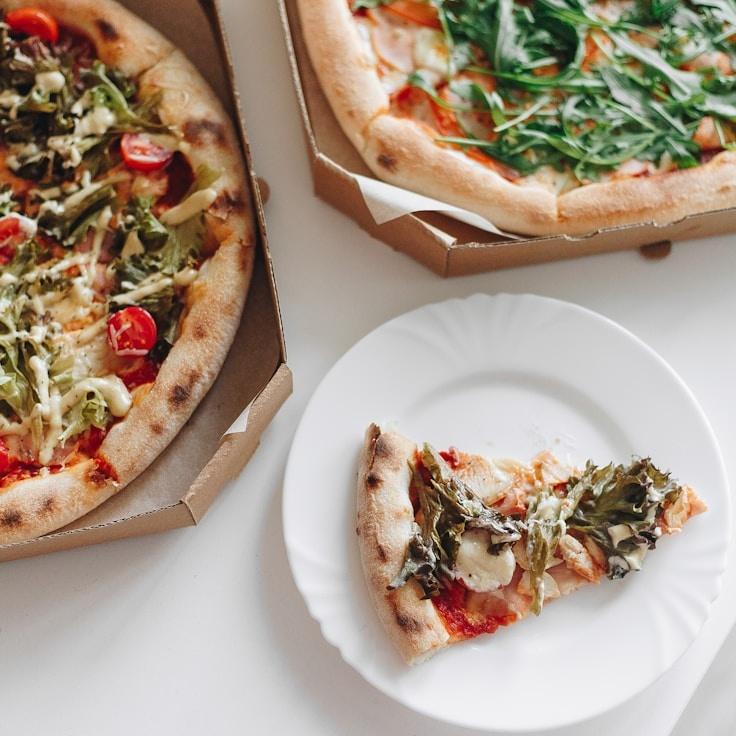At BrookLinenWorks, our passion is rooted in the belief that a sublime pizza begins with outstanding dough. We've spent over thirty years honing our blend and are delighted to unveil some insider tips to you. Our precise recipe remains a closely-guarded family gem, yet these fundamental concepts will enable you to craft pizzeria-style pizza dough within your own kitchen.
Choosing the Right Flour
The cornerstone of sublime pizza dough is premium flour. For ideal results, opt for 00 flour, an ultra-fine Italian variety with moderate protein levels (approximately 12%). This yields an optimum mix of elasticity and softness. In the absence of 00 flour, a viable alternative is bread flour, though the texture may vary.
Importance of Water Temperature and Dough Moisture
The heat of the water you use influences the timing of fermentation and the maturation of the dough. Employ cold water, about 45°F (7°C), for a prolonged fermentation to enhance the taste. Warmer water around 85°F (29°C) will accelerate fermentation. A hydration ratio of 60-70% is recommended for conventional home ovens.
Yeast and Time: Strike a Delicate Balance
For a dough rich in flavor, it's crucial to use minimal yeast and extend the fermentation period. Our method calls for just 0.2% fresh yeast in comparison to the weight of the flour, allowing for 24-48 hours of fermentation. This lengthy duration nurtures intricate flavors and makes for a more digestible dough.
Salt's Role Beyond Taste
Salt's utility extends beyond mere seasoning of the dough to fortifying the gluten framework and moderating fermentation. We suggest a fine sea salt portion of 2.5-3% in relation to flour weight. Introduce it once the flour and water begin to blend, thus avoiding direct contact with the yeast.
The Science of Fermentation
Post-mixing, the dough should undergo an initial, ambient temperature fermentation for two hours before being divided into separate portions. Secure these portions in lidded vessels and chill them for 24-72 hours. It's during this cold fermentation that enzymes break down the starch into sugars, infusing flavor and contributing to the crust's desirable browning.
Gentle Handling Techniques
When it's time to bake, take your dough out of cooling at least an hour or two prior to baking to bring it to room temperature. Maintain the integrity of developed air cavities by gently forming your dough with fingertips rather than flattening it with a roller.
Baking: The Power of Heat
Though our brick ovens can hit 850°F (454°C), most residential ovens peak near 550°F (288°C). To mimic professional conditions, utilize a preheated pizza stone or steel for a significant timeframe. This guarantees the intense bottom heat required for a crisp crust and a buoyant middle.
Perfecting pizza dough is an ongoing endeavor. Every preparation is a learning experience. Record your observations, tweak variables, and hone your method to match the nuances of your kitchen setup.
Interested in observing our dough-preparation firsthand? Attend our monthly pizza-making sessions where Chef Leonardo dives into these practices more thoroughly. Peek at our events schedule for the forthcoming dates!

